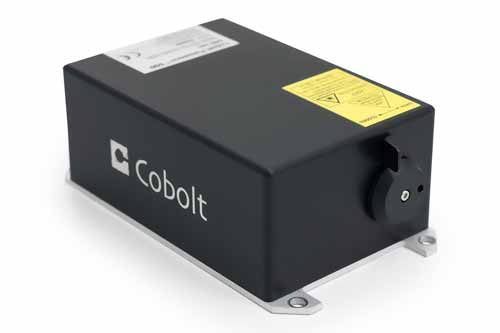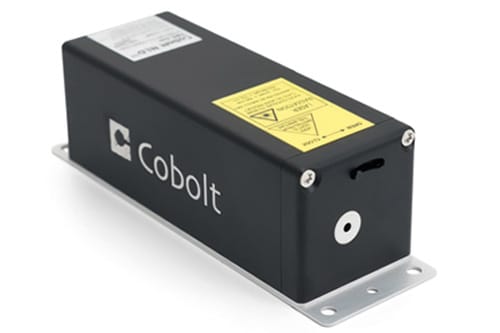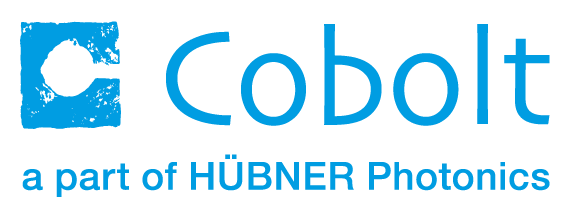Frequenced stabilized laser basics
There are great benefits to stabilizing the frequency of a laser, but it can be a very challenging task and requires precision techniques to do this correctly.
There are several methods typically used to stabilize the frequency of a laser but the goal is the same: to narrow the linewidth and thus reduce the noise. By either using an external cavity, a volume brag grating (VBG) or a distributed Bragg reflector (DFB) the desired wavelength can be fed back into the cavity thus locking the cavity and amplifying that specific wavelength only.
Why do we frequenced stabilize lasers?
The reason this is needed is that there are a broad range of broadly emitting, cost effective laser diodes available which could be used if their linewidth and noise were improved. In additional, lasers with inherently narrow linewidths may not be available at the desired wavelength.
Applications in spectroscopy
Frequency stabilized lasers are thus used for fairly high end applications such as molecular spectroscopy and atomic physics. They are also used in Raman spectroscopy to utilize the benefits of cost effective laser diodes at required wavelengths, for example: 405 nm, 488 nm, 515 nm, 638 nm and 785 nm.
Why choose a frequenced stabilized laser from Cobolt?
The excellent wavelength stability, wavelength accuracy and narrow linewidth will meet all the requirements of many applications. Whatever the wavelength of laser chosen, they all come manufactured with our propriority method of HTCure™ for ultimate robustness and reliability.
Relatad Products

08-NLD 405nm laser
30 mW, single longitudinal mode laser, power stability <2%, rms noise <0.3%.

08-NLD 785 nm laser
500 mW, single longitudinal mode laser, power stability <2%, rms noise <0.3%.



